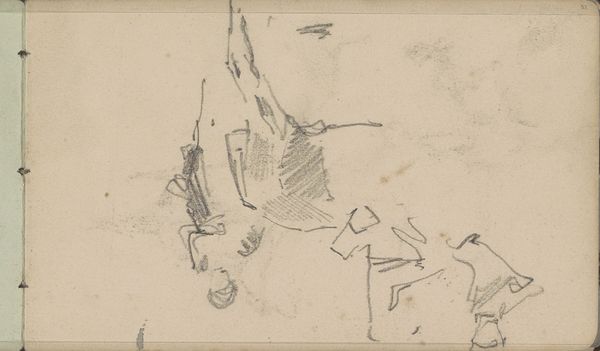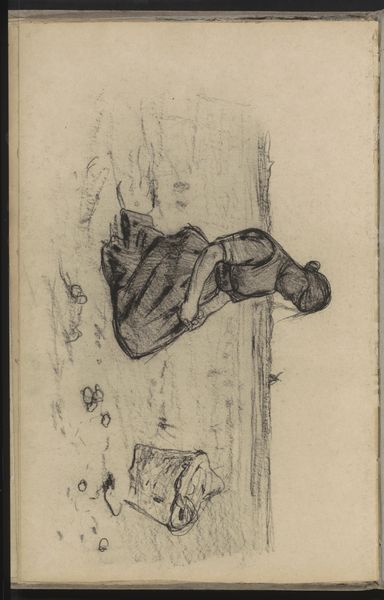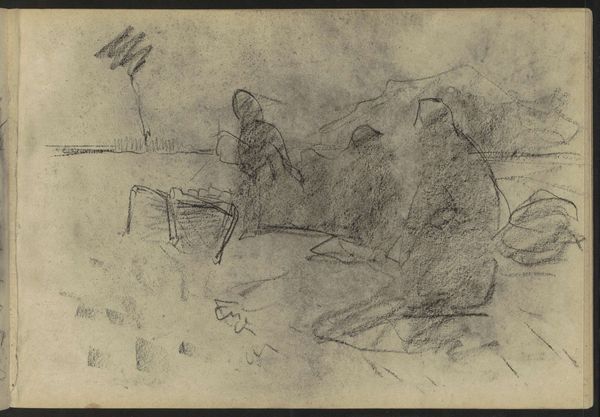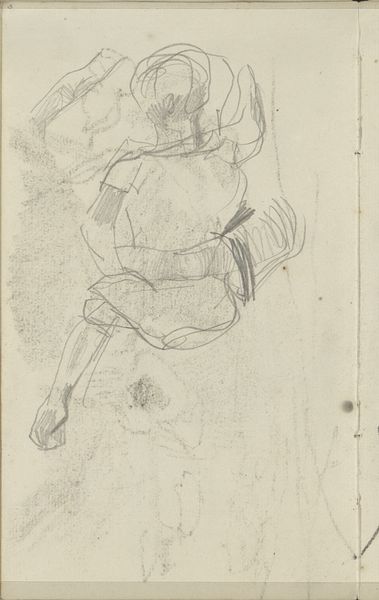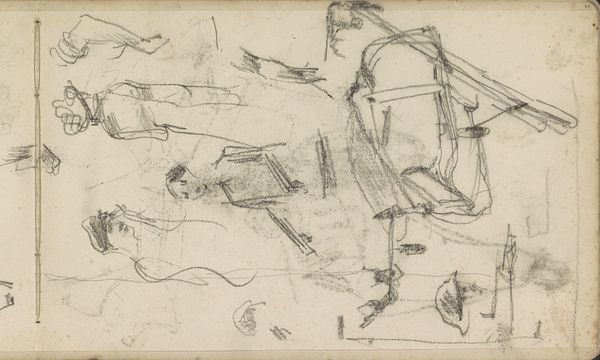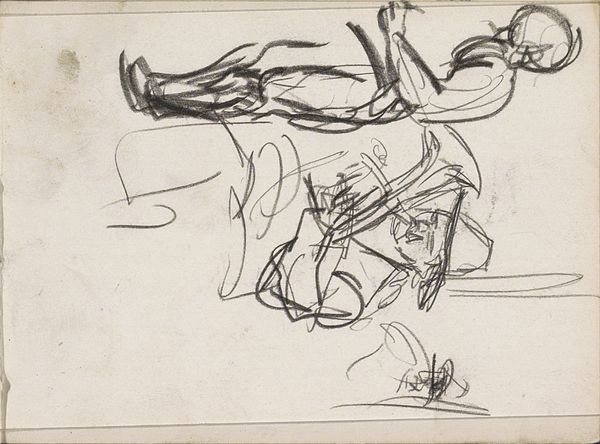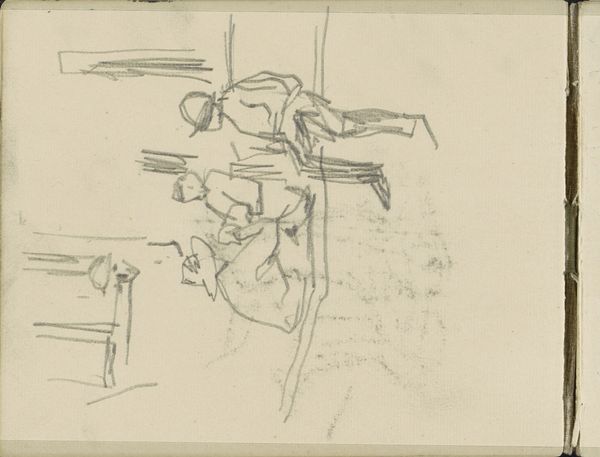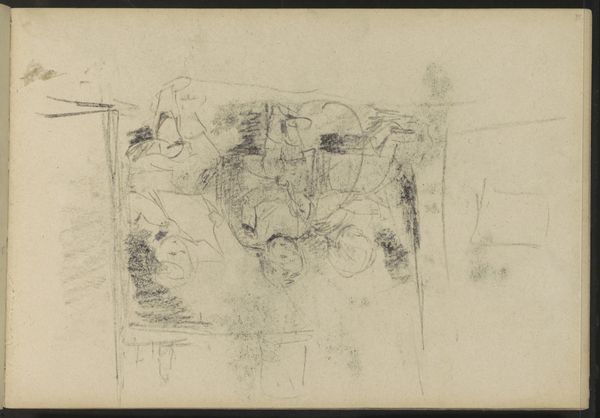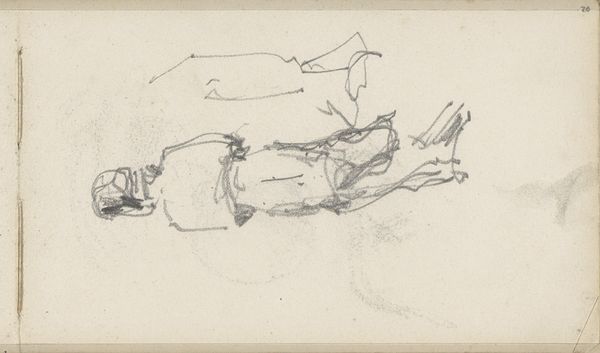
drawing, paper, pencil
#
portrait
#
drawing
#
ink drawing
#
impressionism
#
paper
#
group-portraits
#
pencil
Copyright: Rijks Museum: Open Domain
Curator: Before us, we see Willem Witsen’s drawing, "Seated Woman with Three Children in a Landscape," likely created between 1884 and 1887. Editor: It has an almost ghostly feel. The sketched lines are light and suggestive, giving an ephemeral quality to the scene. You barely make out figures. Curator: Indeed, Witsen employs pencil and ink on paper to create a work that balances the tangible and the ethereal. Note the compositional structure: the woman’s figure grounds the work, acting as an anchor to the flowing lines around her and her children. Editor: I see it as a poignant observation of motherhood within its particular social context. It makes me consider the economic realities for mothers at the time, perhaps highlighting both their resilience and vulnerability within a rapidly industrializing society. It feels raw and unresolved. Curator: Raw is a fitting description. Witsen doesn’t seek to offer a polished portrait, but rather an impression of form and shadow. His technique utilizes line weight to guide the viewer's eye, establishing the mother as the central figure in the composition. Editor: Thinking about those sketchy lines, it almost suggests impermanence, the transient nature of those social structures and maternal support available—or unavailable—to women. We need to acknowledge this wasn’t just a neutral scene but embedded within gendered and class dynamics. Curator: From a purely formal perspective, the open composition is fascinating. The figures blend subtly into their environment, generating depth using layering lines. He’s more interested in exploring the relationships between form and negative space. Editor: And yet, seeing that tentative depiction, it reminds me of how vital art becomes in revealing and challenging dominant power structures. There’s always the risk of aestheticizing social imbalance when concentrating on lines and shading. Curator: True. Yet, engaging with the visuality in the piece allows us to explore how it reflects Witsen’s experiments with Impressionism—a fascinating study in his formal approach. Editor: Perhaps seeing this has spurred my own thinking regarding how art can simultaneously exist as an aesthetic object and a socio-historical artifact. It makes me consider art's many layers of purpose and value.
Comments
No comments
Be the first to comment and join the conversation on the ultimate creative platform.
